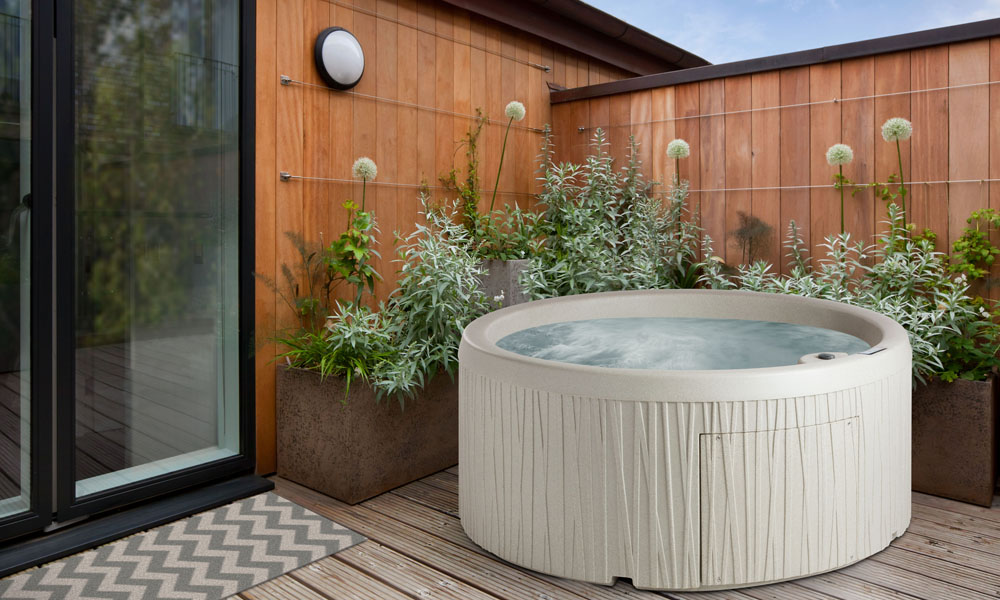all plugged into something and the wiring in the wall melts and catches fire.
That's what breakers are for. Literally, the only thing they are for. The size of the breaker is determined by the size of the wire, and vice-versa. Wires melt and catch fire due to bad connections (like the plug) or wire that is too small to handle the current (like the extension cord) or breakers that fail to trip. Now there is a chance that there is a bad connection in the wiring that has not had high amp draw on the circuit before and could overheat under full load conditions. But as you have had that circuit under load for a while now, I would suspect it would have revealed itself already, just like your extension cord did. The real risk is tripping the breaker every time you hit the jet button.
Code says "dedicated circuit", and if you do blank off all other receptacles or lights on that circuit you have technically met the requirements of a dedicated circuit. Although you will have created other code violations by eliminating those receptacles. And, depending on local requirements, you may have to have that done by an electrician too.
Insurance liability is a very real concern, people die in spas every year, and your rates (or the owners rates) will go up if the insurance company knows. Without listing it with insurance, they will have grounds to deny any claim related to it including electrical fires.
As far as the landlord goes, I would ask him about having the circuit ran. If done by a licensed electrician he has no risk, certainly less than with it improperly wired. And he already passed an inspection to get your occupancy permit, so there shouldn't be any surprise required upgrades. If he wouldn't approve an electrician to run a circuit, then I seriously doubt he would approve of your plan.
Ec (economy mode) simply keeps it from running the pump to heat, only allowing it to heat when the pump is already running for filtration cycles. St (standard mode) allows the pump to run any time the thermostat calls for heat, and is the setting you want.






